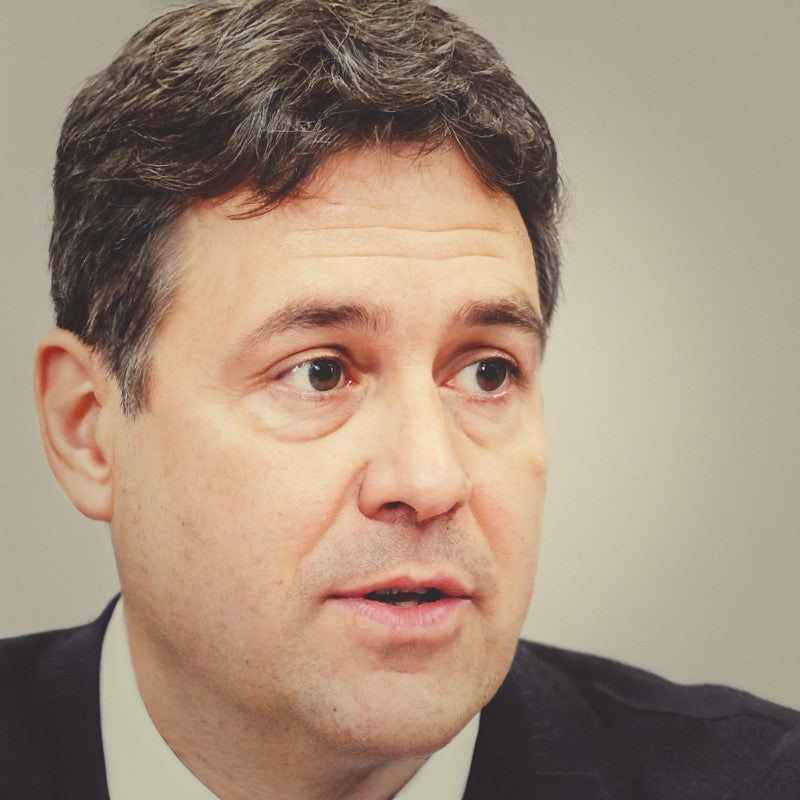Applying for a Civil Service position can be a daunting task, especially when it comes to crafting those critical 250-word statements.
Many candidates find this the most challenging part of their application.
However, with a solid understanding of the behaviour required and a structured approach, this perceived weakness can quickly turn into a standout strength.
Related Article: 5 Developing Self and Others Example Statements
What "Developing Self and Others" Means at Executive Officer (EO) Level
At the Executive Officer (EO) level, "Developing Self and Others" is a behaviour that emphasizes continuous learning and development for oneself and the team. This means EO-level candidates are expected to not only seek personal growth opportunities but also actively support and encourage the development of their colleagues.
Key expectations at this level include:
-
Proactivity in Learning: Taking initiative to identify and pursue learning opportunities for oneself.
-
Mentoring and Coaching: Providing guidance and support to help others improve their skills and performance.
-
Feedback Utilization: Constructively giving and receiving feedback to foster a culture of continuous improvement.
-
Resource Sharing: Sharing knowledge and resources that can aid in the development of team members.
Compared to lower levels, EO-level candidates are expected to demonstrate a higher degree of responsibility in fostering a learning environment, showing leadership in personal development initiatives, and contributing significantly to the professional growth of others.
Statement Structure: The B-STAR Technique
To effectively convey how you meet the "Developing Self and Others" behaviour, the B-STAR technique (Belief, Situation, Task, Action, Result) provides a reliable framework.
-
Belief: Start by expressing your core belief or philosophy regarding development. For instance, you might believe that continuous improvement is essential for both personal success and the success of your team.
-
Situation: Describe a specific situation where you had the opportunity to develop yourself or others. Ensure that the situation is relevant and clearly sets the stage for your narrative.
-
Task: Outline the task at hand. What were your responsibilities? What did you need to achieve? This helps to establish the context for your actions.
-
Action: Detail the actions you took to address the task. Focus on the steps you implemented to foster development, such as organizing training sessions, providing mentorship, or facilitating feedback sessions.
-
Result: Conclude with the results of your actions. Highlight the positive outcomes, such as improved performance, enhanced skills, or a more motivated team. Quantifiable results, where possible, make a stronger impact.
By following the B-STAR technique, you can craft a clear, concise, and compelling 250-word statement that showcases your ability to develop both yourself and others effectively.
Following this structure will set the stage for your example statement, demonstrating how you embody the "Developing Self and Others" behaviour at the Executive Officer level.

Check out 50 example statements covering all 9 behaviours
250 Word Statement Example
As a Data Analyst in a healthcare technology firm, I passionately advocate for continuous learning and development as crucial elements for personal growth and team success. Recently, I identified a significant gap in our team's understanding of advanced statistical modeling techniques, pivotal for analyzing complex healthcare data.
To tackle this challenge, I first assessed my own proficiency and enrolled in an intensive online course focused on advanced statistical methods. This comprehensive training equipped me with advanced skills in data modeling and interpretation.
With a deepened understanding, I set out to enhance the team's capabilities by organizing weekly workshops and training sessions. These sessions were meticulously designed to cover a range of statistical models and their applications in healthcare analytics. I emphasized practical exercises and real-world case studies to ensure practical application and engagement among team members.
Recognizing the diverse expertise within our team, I fostered an inclusive environment where everyone's perspectives were valued. I encouraged active participation and knowledge-sharing during workshops, leveraging the wealth of experience each team member brought to the table.
Throughout this process, I actively sought feedback from team members to refine our training approach continually. Their insights were instrumental in fine-tuning the content and delivery to better meet learning objectives.
As a result of these efforts, our team's proficiency in advanced statistical modeling improved significantly, enhancing our ability to derive meaningful insights from complex healthcare data sets. This experience reinforced my belief in the transformative power of continuous learning and collaborative development in achieving organizational excellence.


